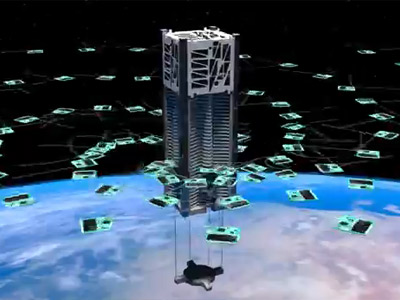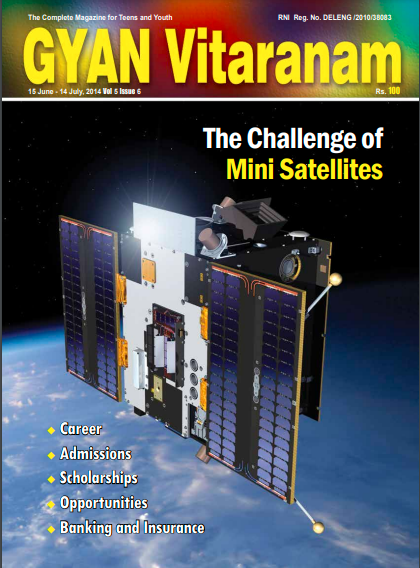When the doyen of science fiction, Arthur Clarke, first wrote about the geosynchronous orbit in 1945, where India’s Insat satellites are parked today, the world’s largest computer, ENIAC, was doing its first round of calculations. The 30-ton computer was spread over such a large area that the programmers cycled their way through it! But within 30 years, pocket computers did more than what ENIAC could ever hope to do, thanks to the progress made in integrated circuits.
Today in an area equivalent to your thumbnail, two billion (yes, two billion) transistors can fit in! Miniaturisation in electronics has rapidly downsized computers and mobile phones and this trend is making its way to satellite technology. The trend towards mini satellites is marked by the emergence of three types of satellites, depending on their dimension and weight. Those weighing 10-100 kg are called microsatellites; those between 1 and 10 kg are known as nano....

